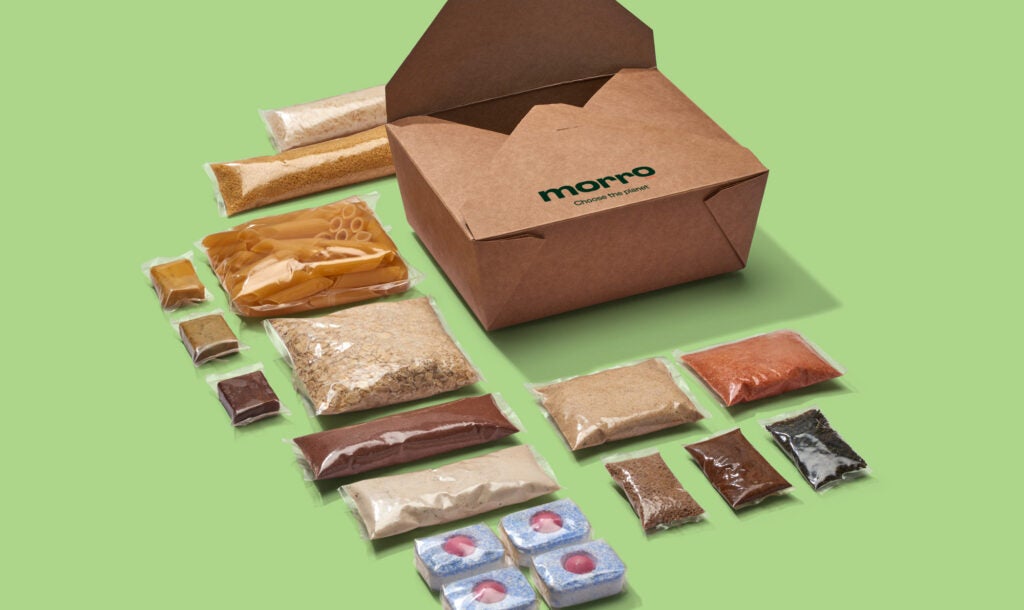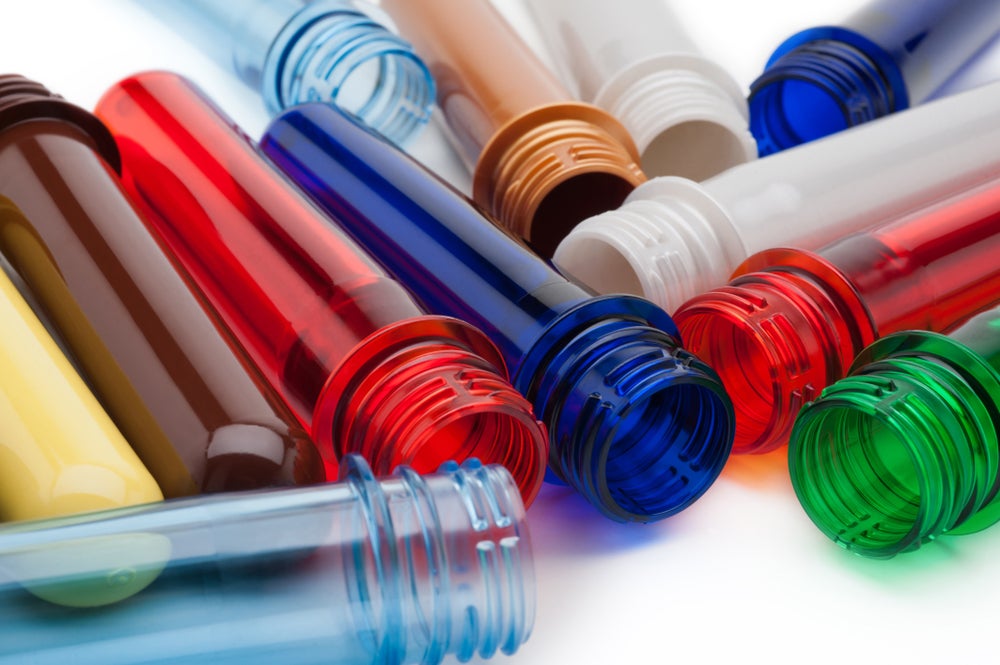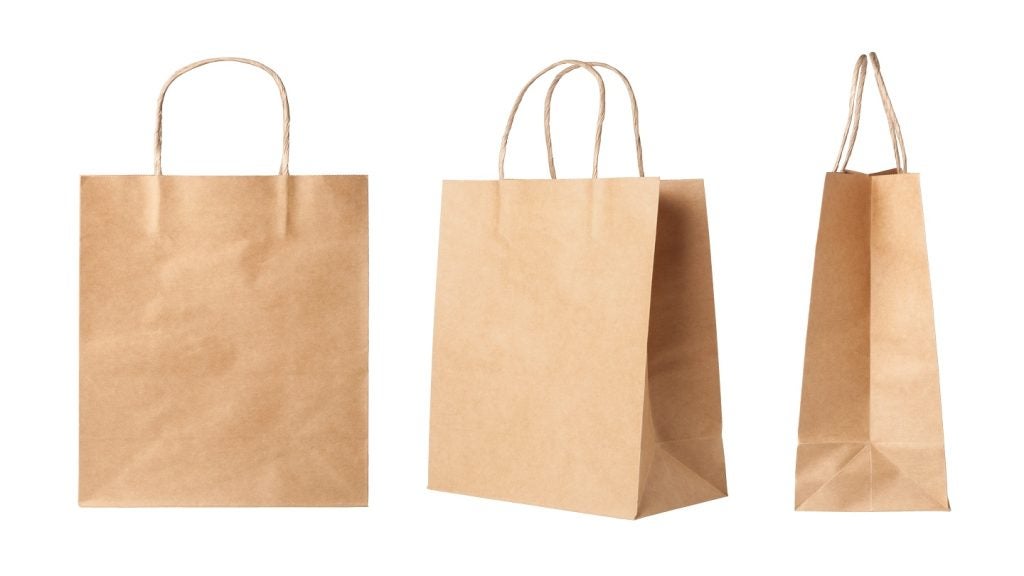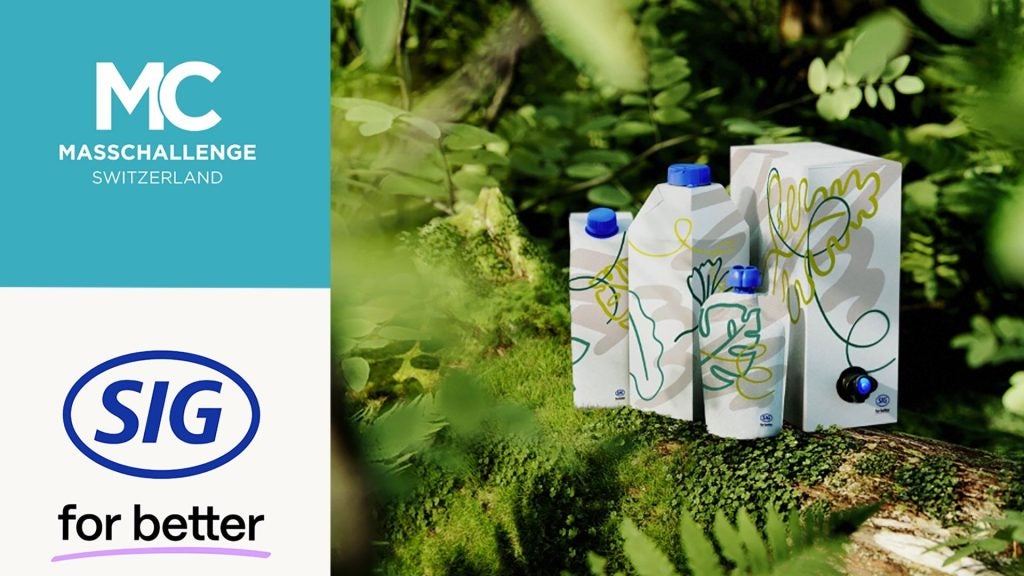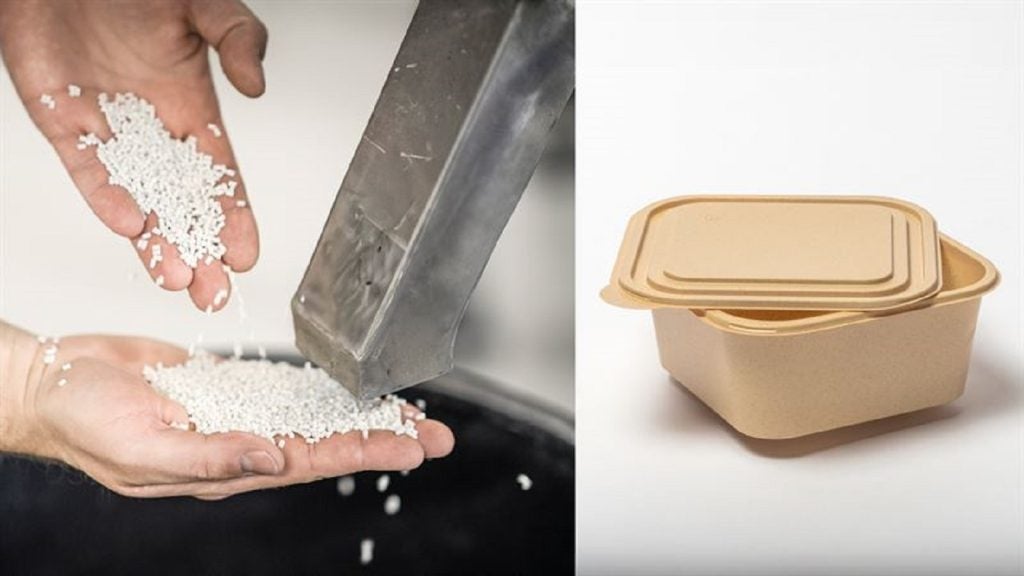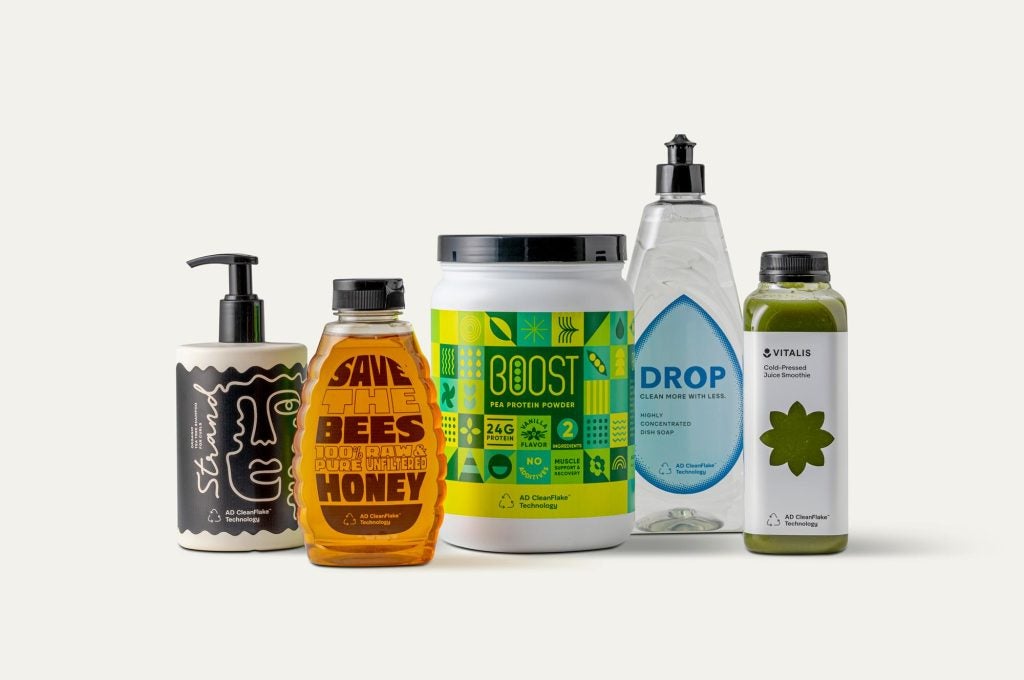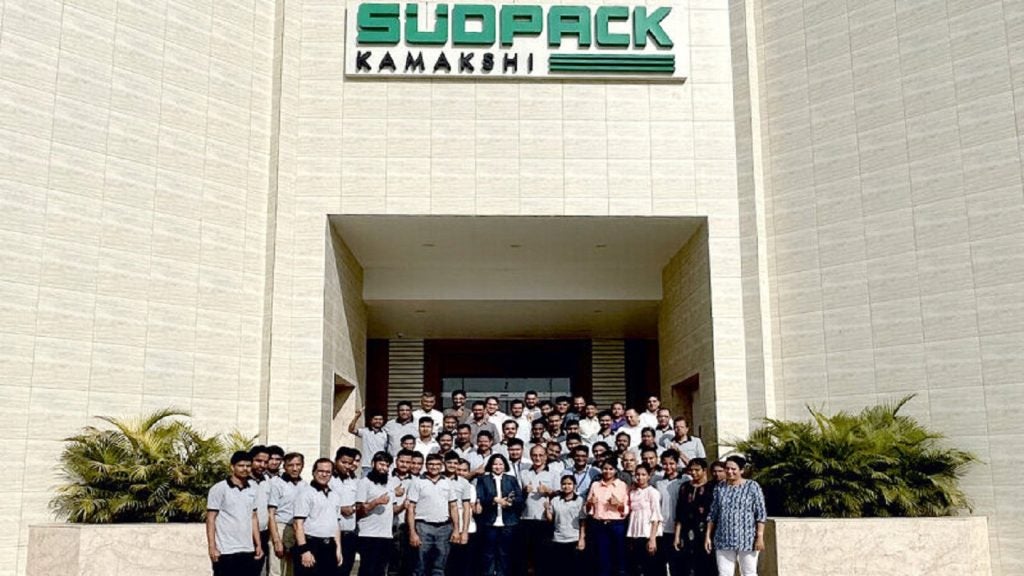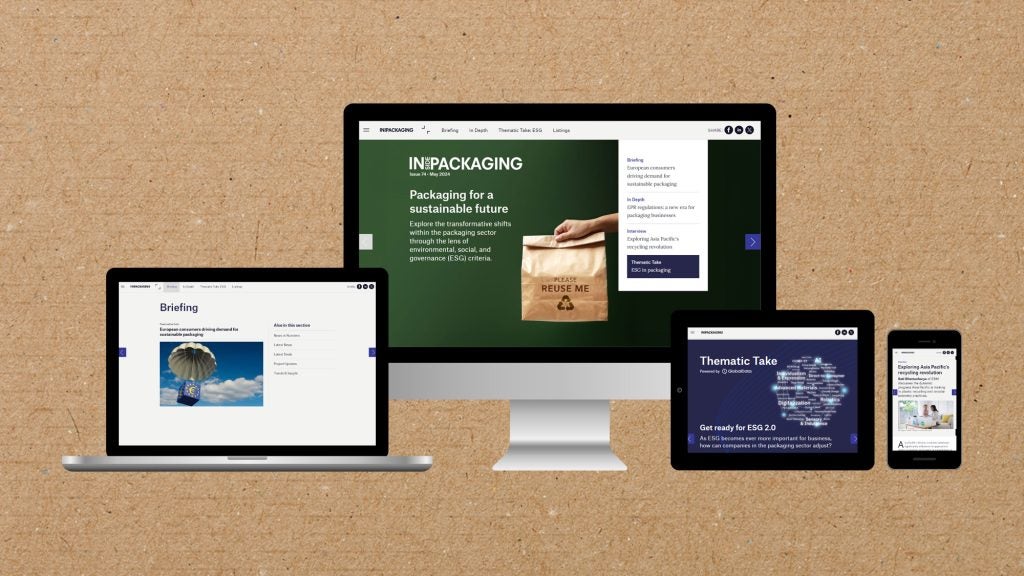Spun out of the University of Cambridge in 2018, technology company Xampla is engineering natural plant materials into biodegradable solutions for fast-moving consumer goods (FMCG) with a focus on barrier properties.
Through its consumer brand Morro, Xampla is working to combine the latest packaging technologies and innovations with rising consumer awareness and demand for sustainable packaging.
The company has previously partnered with heavyweights across UK consumer-facing industries, including drinks retailer Britvic and cosmetics company Elemis.
Now it is scaling up further through its recent European partnership with the 2M Group of Companies and $7m in funding for its research.
Its CEO Alexandra French spoke to Packaging Gateway about the urgent need for plastic elimination efforts.
The importance of barrier properties
Xampla’s engineering of polymers results in an entirely plastic-free solution that sits outside the European Union’s Single-Use Plastic Directive - legislation that covers market restrictions, consumption reductions, marking requirements, mandatory recycled content and separate collections, and litter clean-up costs.
French explains that the main applications for this material are “a replacement for plastic barrier coatings that are used on paper and board, encapsulation to replace hidden plastics, and soluble films that are edible too.”
The company has developed grease, oxygen and water barrier properties without any chemical modifications.
According to French, this is essential because “three million tons of plastic barrier coating are put onto paper and card each year. By 2030, our Morro coatings should be able to replace in the region of 10,000 tonnes of plastic coating.”
Lack of consumer understanding around sustainable packaging
Barrier performance also comes down to packaging functionality that can meet the needs of brands and consumers.
Given the invisibility of coatings and barriers to the general public, they play a central role in confusion around recyclability and sustainability. A poll conducted by Xampla found that only 14% of people felt they really understood and knew what a true sustainable packaging alternative was.
French cites an example of a cake shop she frequents, taking her own packaging. “The owners would say 'we use paper and cardboard packaging, we don't use plastic'. In a friendly way I pointed out that their packaging was cardboard, but it was coated with plastic.”
Materials with a plastic coating can disrupt recycling streams. They cannot be composted, as the coating will not break down naturally.
“One of the reasons we launched our consumer-facing brand Morro and the Morro marque was to provide strong branding that will take away that confusion. When that's out there in the market on packaging, it identifies that this is a fully biodegradable and plastic-free product, and you can recycle or compost it,” says French.
Demand for alternative packaging
Xampla works with CPG (consumer packaged goods) companies that want to move away from plastic and invest in cost-effective sustainable alternatives.
French emphasises that demand for such alternatives hinges on convenience. “Our coating means that you can dispose of it in whatever way you want, whether you recycle or compost it.”
Through funding and partnerships, the company has been able to expand its scale from the laboratory into the market, offering a positive example for the packaging investment landscape in the UK.
This was only possible through a focus on research and development (R&D) and by ensuring that Xampla’s choice of raw materials and feedstocks was abundantly available at scale.
Europe is Xampla's target launch market
As well as having their own labs, Xampla’s links with the University of Cambridge provide access to high-tech, analytical laboratory equipment that has helped the company understand the fundamental properties of polymers.
The material can be integrated into existing manufacturing equipment for the convenience of packaging companies, who can swap their plastic coatings for plant polymer coatings with a variety of techniques.
French states that Europe is Xampla’s target launch market, as the region is “leading the way in terms of regulations which is driving interest.” It has long-term plans to scale up its technology and enter North America and Asia, as “the rest of the world will follow the strength and demand that we’re seeing in the UK and Europe.”
French identifies the flexible packaging market as a key area of R&D for the company. “Our role is to make sure that there is a product that will meet the needs of our customers.”


